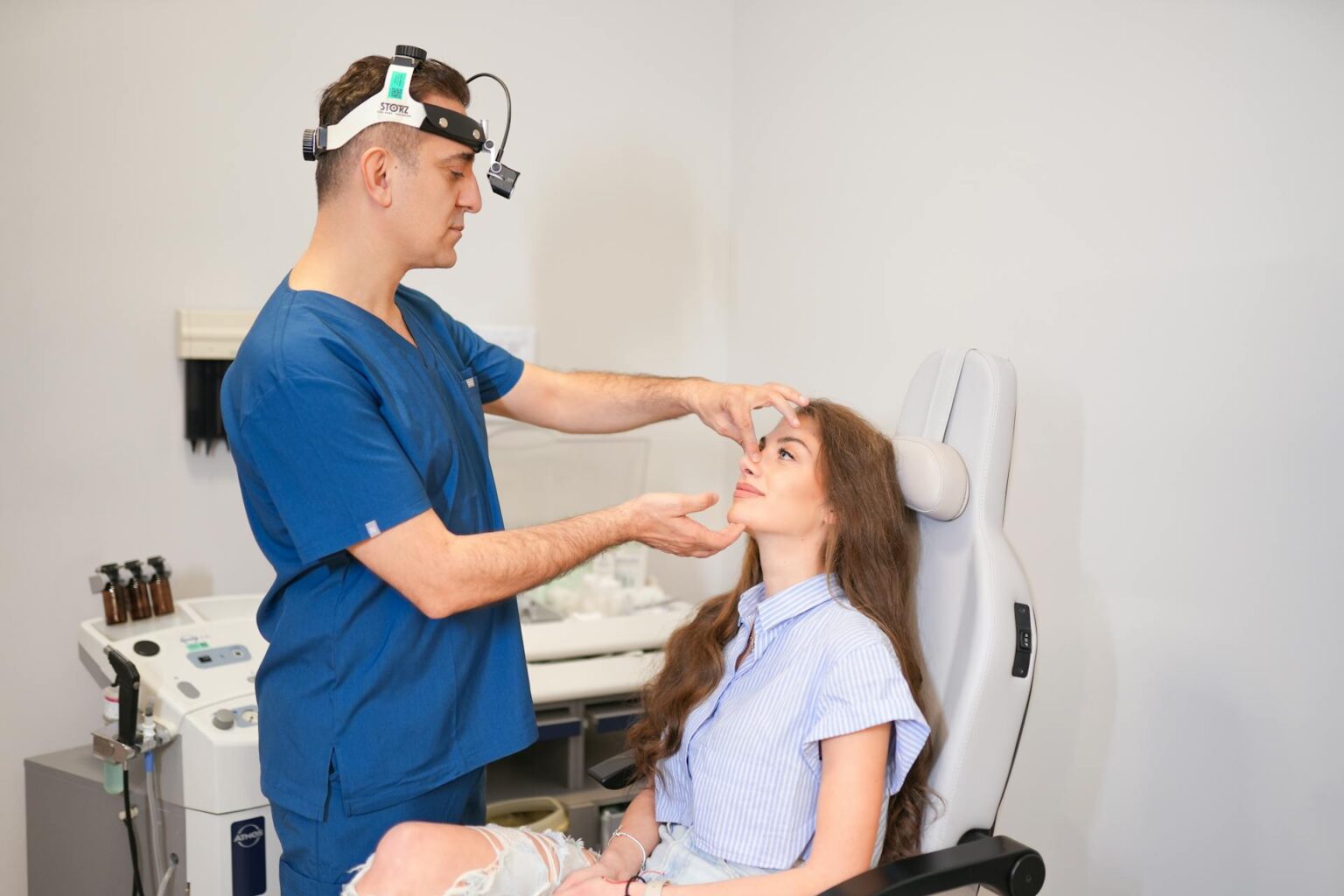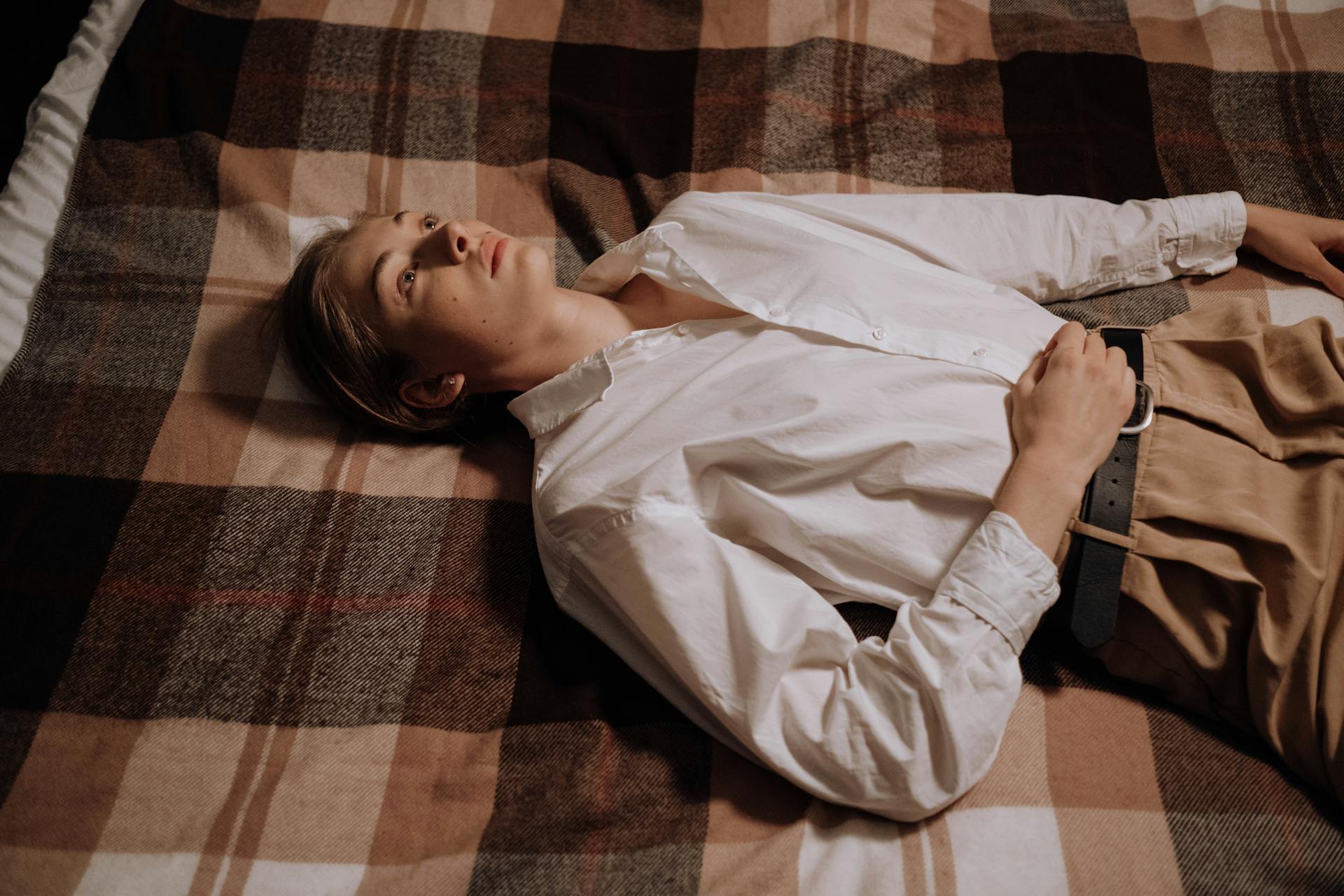When most people think about rhinoplasty, they picture celebrities getting nose jobs to change their appearance. However, there’s a lot more to this surgery than just looks. Rhinoplasty isn’t only for cosmetic reasons, it can actually help people breathe better, too. If you’ve ever struggled with constant congestion, trouble sleeping, or feeling out of breath through your nose, your nasal structure might be the problem. The good news? Surgery can fix it.
What Rhinoplasty Is
Rhinoplasty is a type of plastic surgery that reshapes the nose. Some people get it to change the way their nose looks, while others do it to improve their breathing. In many cases, it does both at the same time. The procedure involves adjusting the bone, cartilage, or both to create a better shape and structure.
The nose isn’t just about appearance, it’s a major part of how we breathe. If something inside is crooked, too narrow, or blocked, it can make everyday breathing a struggle. That’s where rhinoplasty can help.
Why Breathing Issues Happen
If you’ve ever felt like you can’t get enough air through your nose, you’re not alone. Millions of people deal with nasal breathing problems, and in many cases, it’s because of how their nose is built. Here are some of the most common reasons why:
- Deviated Septum – The septum is the cartilage that separates your nostrils. If it’s off-center (which happens naturally in many people), it can block airflow on one or both sides.
- Nasal Valve Collapse – The nasal valves help keep your airways open. If they’re weak or too narrow, they can collapse when you breathe in, making it harder to get air through your nose.
- Enlarged Turbinates – These are small structures inside your nose that help humidify air. If they get too big, they can cause constant congestion.
- Old Injuries – A broken nose, even from years ago, can cause lasting damage inside, making it difficult to breathe normally.
Some people are born with these issues, while others develop them over time. But either way, rhinoplasty can often provide a permanent fix.
How Rhinoplasty Fixes Breathing Problems
Rhinoplasty works by opening up the nasal passages and making structural changes to improve airflow. Depending on the problem, a surgeon might:
- Straighten the septum to allow air to pass evenly through both nostrils
- Strengthen the nasal valves so they don’t collapse
- Reduce the size of enlarged turbinates to clear blockages
- Fix old injuries that are causing obstructions
The goal isn’t just to make the nose look better—it’s to make sure air can flow properly so you can breathe comfortably all the time.
The Difference Between Cosmetic and Functional Rhinoplasty
Not all rhinoplasties are the same. Some are purely cosmetic, meaning the goal is to change the appearance of the nose without affecting how it works. Others are functional, which means they focus on improving breathing while keeping or slightly adjusting the natural shape.
In many cases, the two go hand in hand. Someone might want to fix a crooked nose for cosmetic reasons but also realize that straightening it improves their breathing. Surgeons often combine both goals into one procedure, so patients get the best of both worlds.
How to Know If You Need Rhinoplasty for Breathing
Not everyone with a stuffy nose needs surgery. But if your breathing problems are constant and don’t get better with medication, it might be time to consider a more permanent fix. Here are some signs that a functional rhinoplasty could help:
- You can only breathe through one nostril most of the time
- Your nose feels blocked even when you don’t have allergies or a cold
- You snore loudly or struggle with sleep apnea
- You’ve had a nasal injury that changed the way you breathe
- You feel short of breath when exercising, even though your lungs are fine
If any of these sound familiar, seeing an ear, nose, and throat (ENT) specialist or plastic surgeon can help you figure out if surgery is the right option.
What to Expect from the Surgery
Rhinoplasty is usually an outpatient procedure, which means you don’t have to stay overnight in the hospital. The surgery itself takes about 1-3 hours, depending on what needs to be done.
Most people have some swelling and bruising after the surgery, and breathing might actually feel worse at first because of temporary swelling inside the nose. But once the healing process is complete, breathing should improve significantly. Full recovery usually takes a few months, with final results appearing after about a year.
Life After Rhinoplasty: Better Breathing, Better Sleep
Many people who get functional rhinoplasty notice a huge difference in their daily lives. They can breathe easier, sleep better, and even have more energy because they’re getting enough oxygen. If you’ve been struggling with constant nasal congestion, difficulty sleeping, or feeling out of breath, fixing the structure of your nose could be the solution you didn’t know you needed.
If breathing through your nose has always felt like a challenge, it might not be something you just have to live with. Sometimes, the fix is simpler than you think.



